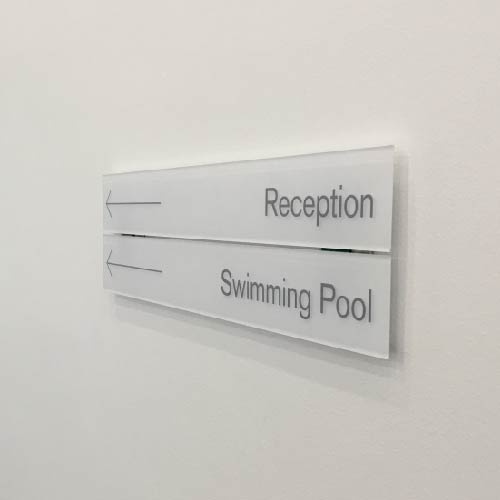Sports and leisure facilities in the UK are open to the public and in theory should be accessible for everyone to visit. But with disabled adults almost twice as likely as non-disabled people to be physically inactive, there is a clear issue with the accessibility and inclusivity of leisure facilities in the UK. Making leisure facilities inclusive means more than just making them accessible. Inclusivity is welcoming and can help people feel independent when they otherwise would not.
In general, there are many ways that sports and leisure facilities can be inclusive. The most important perhaps being the appropriate training of staff, equipping them with knowledge and confidence to understand a diverse range of needs, and to deliver the best customer service to every customer.
Leisure and sport facilities can ensure there are:
- Rest spaces for assistance dogs,
- Accessible equipment in the gym,
- Appropriate space and unhindered access routes,
- Changing facilities that are clean and well maintained plus appropriate for a diverse range of needs,
- And of course, clear signage in accessible formats.
Sport England has an audit checklist as guidance making sports facilities accessible, and signage is included.
Signage plays an important part in inclusivity by helping people with disabilities navigate gyms and leisure centres with independence and confidence.
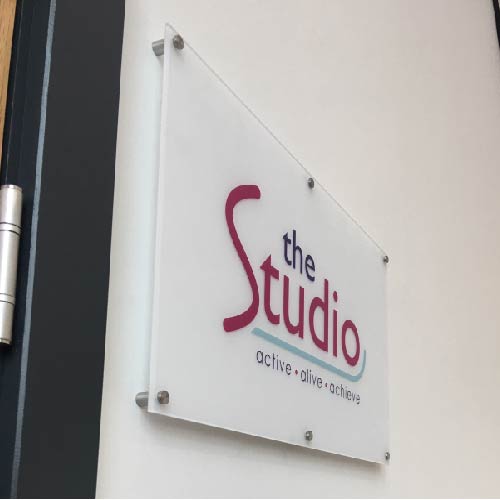
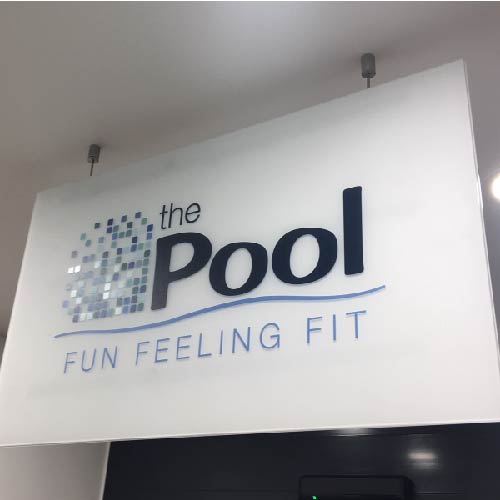
How can signage be used to improve inclusivity in leisure facilities?
Signage is extremely important in the carpark and entrance to leisure facilities. The Sport England accessible facilities checklist requires clear and logical signage indicating routes to the facility from car parks and public footpaths. It also requires those signs to point out drop off areas, additional entrances, and accessible car park spaces. The routes to the facility should be signposted clearly and a differentiation between pedestrian and traffic routes included.
Upon entering the facility, glass doors should be marked in some format. For example, using vinyl graphics or signs to help visually impaired people who might not see the glass.
Inside the facility, signs to the different areas, such as changing rooms, gym, and swimming pool, should be clearly legible. A key part of wayfinding signage is to ensure anyone can understand the signs and directions. This means affixing signage at a height where people of short stature or using wheelchairs can clearly see them.
It also helps to have highly contrasting colours which aids people with visual impairments and dementia. Leisure facilities can go further by including braille on their wayfinding signage.
Using vinyl graphics to bring colour and decoration into sports facilities can help them feel more welcoming. Graphics can be used for colour coding areas, which is known to help people with neurodiverse conditions and dementia, navigate.
Pictograms are visual images that quickly convey information to people of different languages, ages and cultural backgrounds. These images are easy to recognise and understand, making them ideal for use in leisure facilities. They can also be used to identify the different areas in a building, including gender neutral and gender specific areas.
Signage isn’t just important in the entrance of leisure facilities. The signage scheme needs to be consistent throughout the entire facility, including the gym and swimming pool.
In swimming pools, where chemicals can corrode signage quicker than other environments, the signage needs to be manufactured with that in mind and be able to keep the high contrast colours or braille textures in perfect condition for as long as possible.
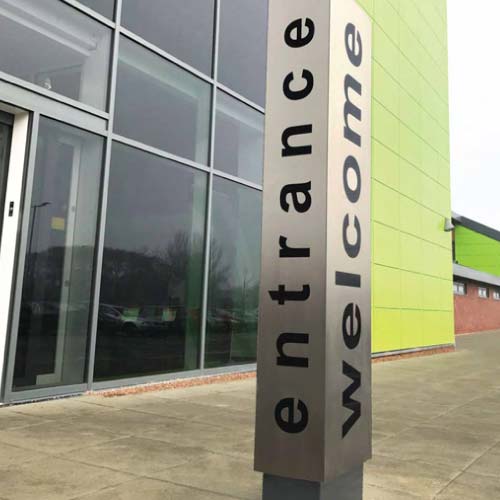
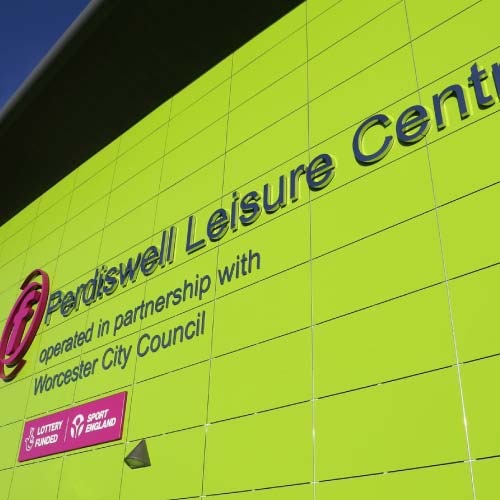
How have xsign delivered inclusive signage in leisure facilities?
In previous projects xsign have delivered in leisure facilities, we have acknowledged the flexibility needed and installed our patented Puzzle signage system. The Puzzle system allows easy changing of paper inserts as a flexible signage scheme. In other projects we’ve included braille on all door signs, that also had a colour coding system designed to help people with dementia.
Our Talky signs deliver recorded messages which is another way visually impaired people can navigate around leisure facilities, especially those who do not read Braille. For more information, please visit our case studies page.
There is no reason why anyone with a disability shouldn’t be able to access leisure facilities when there are so many ways organisations can make them more inclusive places to be.
With the addition off flexible, innovative and inclusive signage designs, we hope to see many more leisure facilities grow their customer base by improving their inclusivity and accessibility offerings.
